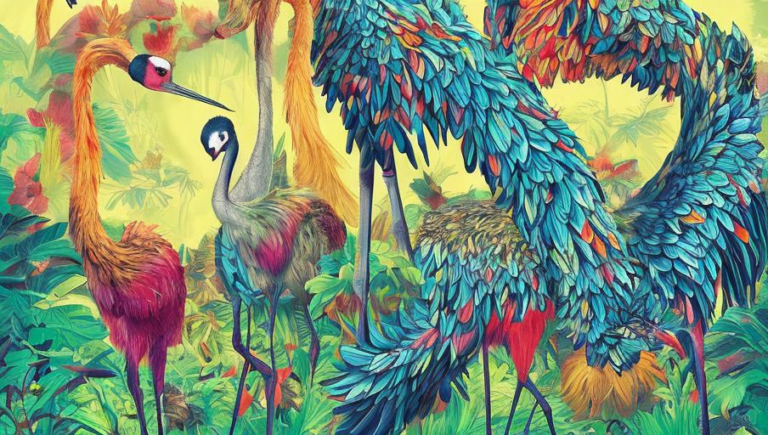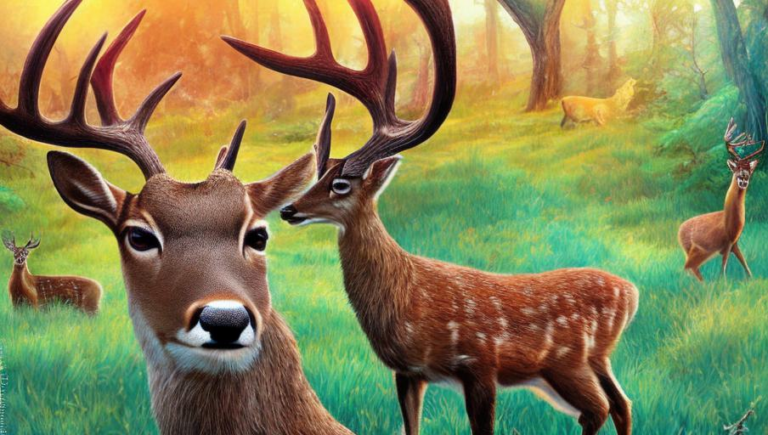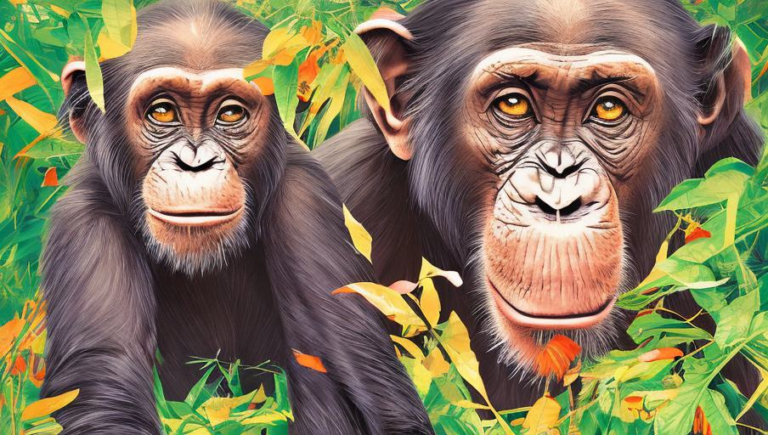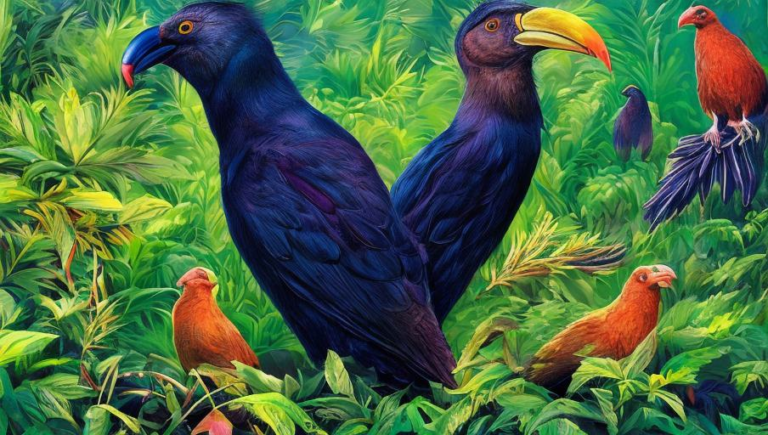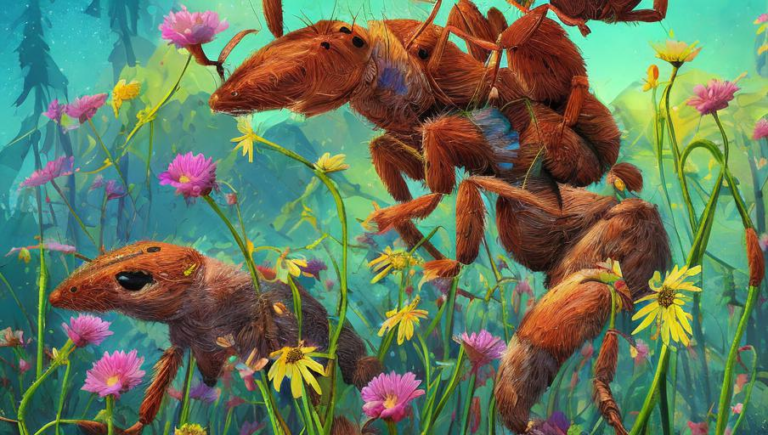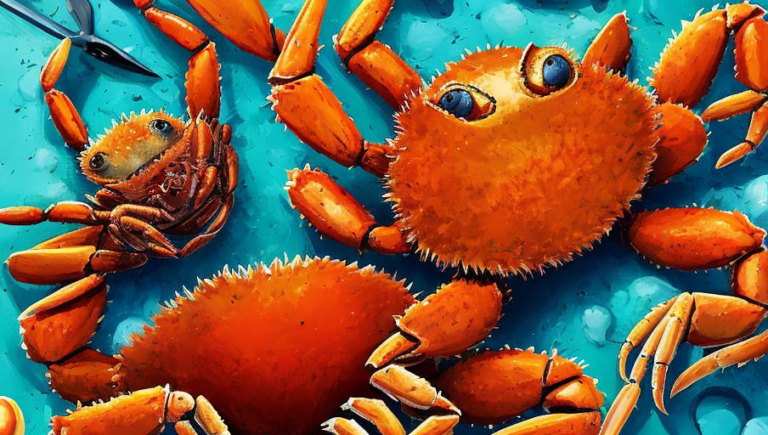Comparing Chimpanzee Diets: What Do They Eat?
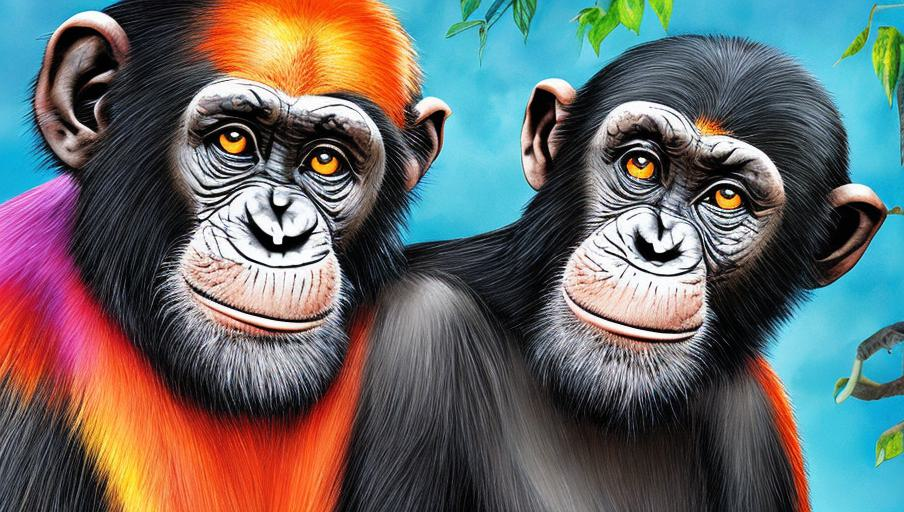
Overview of Chimpanzee Diets
Chimpanzees are omnivorous primates that are native to Africa and are the closest living relatives to humans. They mainly consume fruits, leaves, flowers, bark, and invertebrates, but will also occasionally eat eggs, bird’s nests, insects, and small vertebrates. Chimpanzees are highly adaptable and will vary their diets depending on the season and their environment.
Fruits and Vegetables
Fruits are a major component of the chimpanzee diet, and they can consume up to 20 different species of fruit. They will also eat both leaves and flowers. Their favorite fruits include figs, bananas, and papayas, and they will also eat other fruits such as mangoes, berries, oranges, and persimmons. Leaves are an important part of their diet, as they provide them with essential vitamins and minerals. They will also eat bark and stems of some species of trees.
Invertebrates
Invertebrates such as ants, termites, and grubs are an important source of protein and fatty acids for chimpanzees. They will use sticks to fish out termites from their mounds and will also use their hands to catch other types of insects. They will also use stones to crack open the shells of snails and eggs.
Small Vertebrates
Chimpanzees will occasionally eat small vertebrates such as birds, bats, and other small mammals. They will also eat eggs from birds’ nests and will sometimes hunt small antelopes and monkeys. Hunting is difficult and requires cooperation between several chimpanzees, as they cannot take down large prey on their own.
Social Eating Habits
Chimpanzees are highly social animals and will share their food with other members of their group. They will also groom each other while they eat, which helps to strengthen the bonds between them. Grooming is also used as a way to show dominance, with the dominant individuals getting preferential access to food.
Conclusion
Chimpanzees are omnivorous primates that consume a wide variety of different foods, including fruits, leaves, flowers, bark, invertebrates, eggs, and small vertebrates. They are highly adaptable and will vary their diets depending on the season and their environment. They are also highly social and will share their food with other members of their group.
